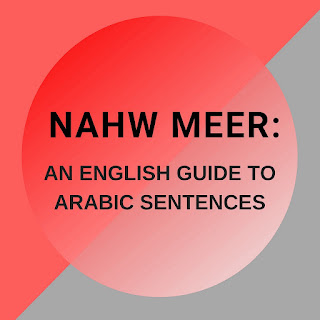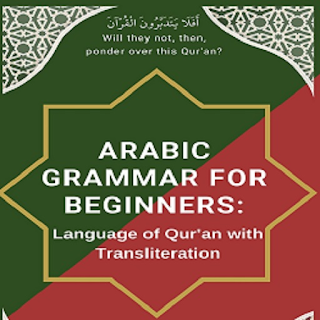5.4 - Nominative Sentence Components

Section 5.4 - Nominative Sentence جُملَةٌ اِسْمِيَّةٌ jum-la-tun is-miy-yatun Components مُتَعَلَّقُ الْخَبَرِ mu-tal-la-qul kha-ba-ri (Associate) Joined Nouns مَعْطُوْفٌ/مَعْطُوْفٌ اِلَيْهِ ma-toof-un / maa-too-fun ilai-hi (Additive/Independent) Besides mub-tada and predicate, other components can be a part of the sentence. One of them is called مُتَعَلَّقُ الْخَبَرِ ( mu-ta-al-la-qul Khabar ) associate of the predicate . For example, take the sentence:







